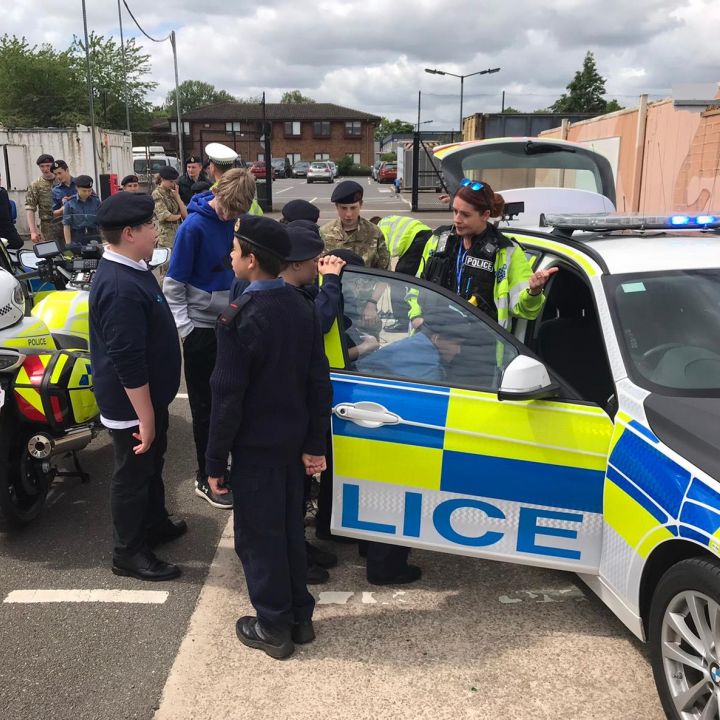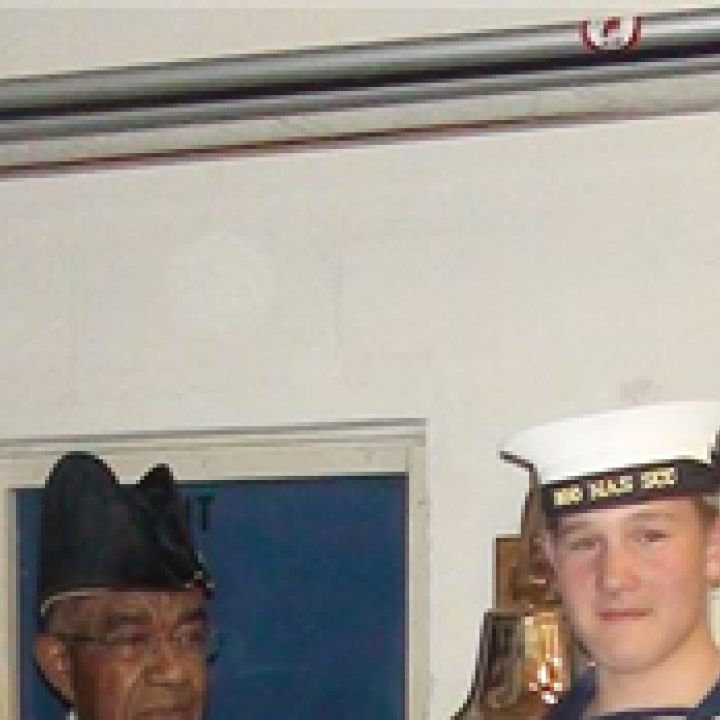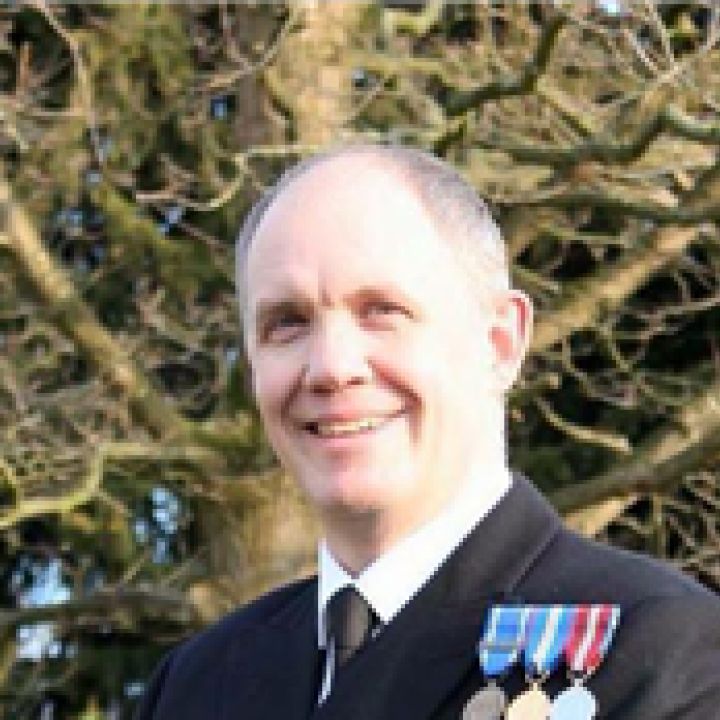800 NAS Kettering Sea and Marine Cadets find out about 24 hour policing
Arranged by the XO of Kettering, he pulled a few strings as a serving police officer, which meant 28 cadets and staff were able to get involved in training exercises put on by the Tactical Support Team on 21 May 2022.
During the visit, Sea and Marine Cadets got to meet the following teams: Armed Response Unit who explained to cadets about how the team prevent crime and remove the use of harmful weapons from the streets. Their role is to keep themselves, other officers and the public safe. They showed us their equipment which is carried on their person and in theIr Armed Response Vehicles.
They also engaged the cadets talking about the types of incidents they attend, and allowed cadets to handle the equipment and ask lots of questions. This included search and infra-red cameras, blast and riot shields, tasers, firearms, entry equipment and first aid. All equipment was handled safely and not loaded. The team told us that Leicestershire Police has never attended an incident where they’ve had to fire live rounds to prevent harm.
The Dog Unit allowed cadets to meet the specialist dog handlers and kennel staff who make up the operational dog team. They explained to cadets how they work with, train and keep the dogs both in the kennels and at home. All dogs and trainers are experienced and licensed to work as police officers. The dogs have various roles such as searching for missing people, chasing suspects, and sniffing out drugs or weapons or and digital media, like phones and SIM cards.
The dogs are rewarded with toys and the trainers use protective equipment during training sessions to prevent themselves from being injured. The types of breeds include Germans and Belgium Shepherds, Labradors, Cocker Spaniels and Border Collie’s. The cadets had a demonstration by Police Dog (PD) Steem, who searched for a mobile phone in the long grass and when he found it stood still to point to the handler where it was located.
The Tactical Support Team told cadets they’re specialist and skilled officers who are trained in search. They gather evidence, find missing people, carry out pre VIP safety visits and gain entry into properties. They are licensed search officers who get deployed to potentially dangerous incidents, such as control at public order events (football) and protester removals. They also get deployed to find missing people who could potentially need recovering from heights, fire, water or other disasters.
All cadets had a chance to use a method of entry (MOE) equipment, using a battering ram to open a front door which is placed in the teams demonstration rig. Cadets were also excited to be shown other battering rams, hydraulic rams, electric cutters, and door forcing tools.
Roads Policing Unit officers then set up police vehicles as though they had been sent to a traffic incident. This was to show cadets how they deploy equipment at the scene. The team attend serious road incidents, prevent crime on the roads and promote road safety through patrolling. The officers allowed cadets to deploy a ‘stinger’, which deflates the tyres on moving vehicles, and encouraged them sit in the police cars and on a motorbike, plus play with the sirens and buttons. Cadets were also invited to be hand cuffed and shown how officers use their powers of arrest.
Finally, the Drone Team flew their large £30k drone overhead and took photos of the cadets while they were onsite. Two officers demonstrated it in flight. One flying and one monitoring. They flew it 500m away and took photo of the cadets. They showed cadets how patrols take place from the sky and can be viewed on the monitors from their unmarked vehicle. They showed cadets how the drone could read number plates and lock onto and track individual people.
Cadets and staff were surprised about how clear and close the streamed images were and how they didn’t know the drone was in the sky tracking them! The demonstration was cut short as the team were needed to respond to a 999 call. It was a once in a lifetime emergency services experience.
Cadets described the day as great fun and they most enjoyed smashing in front doors!
Follow us on Facebook: https://www.facebook.com/Ketteringscc





 ..
.. 


